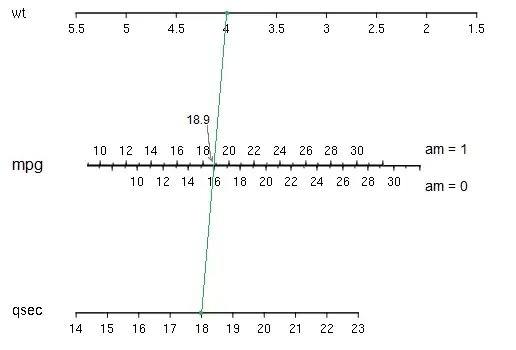I am dealing with a scatterplot where I am trying to figure out the relationship between two variables, but I have so far failed to identify what the best fit could be. The presence of zero values prevents me from using exponential and power law regression lines.
Zero values are not shown as the Y axis starts from 1, but they are present. My bad.
This is the scatterplot. To me it looks like this is some sort of logarithmic trend but I am not sure about it.
